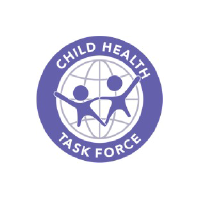Tools for Integrated Management of Childhood Illness
Healthcare9/9/2024 1:00 PM
Improve child care with TIMCI findings by Child Health Task Force. Learn more on WebinarCafe
Healthcare Webinar Benefits
When sick children arrive at primary health care facilities, it is critical that they are appropriately screened, diagnosed, managed, and if needed, referred for urgent care without delay. Clinical signs alone do not detect all severe illness in children. For health care providers to make a correct diagnosis, they must be equipped with the right tools, including access to pulse oximetry and clinical decision support systems. In many countries, these critical tools are not available, not functioning properly, or providers lack appropriate training. There is also no clear global guidance to help countries in choosing the best devices, nor is information available on their cost-effectiveness or suitability in primary care.
Between 2019 and 2024, the Tools for Integrated Management of Childhood Illness (TIMCI) initiative, led by PATH in collaboration with a consortium of partners and funded by Unitaid, worked together with the governments of India, Kenya, Senegal, and Tanzania to improve access to critical tools that help frontline health workers identify and appropriately manage children who are severely ill. This work included large-scale, multi-country, mixed-method evaluation conducted to address evidence gaps and inform national and international decision-making on scale-up of pulse oximetry and clinical decision support algorithms.
Join us to review the cross-country results, interpretations, as well as key takeaways from the TIMCI studies, which can be helpful to decision-makers and implementers in further assessing national and global strategies for effectively embedding pulse oximetry and CDSAs as part of wider efforts to strengthen quality of care.

